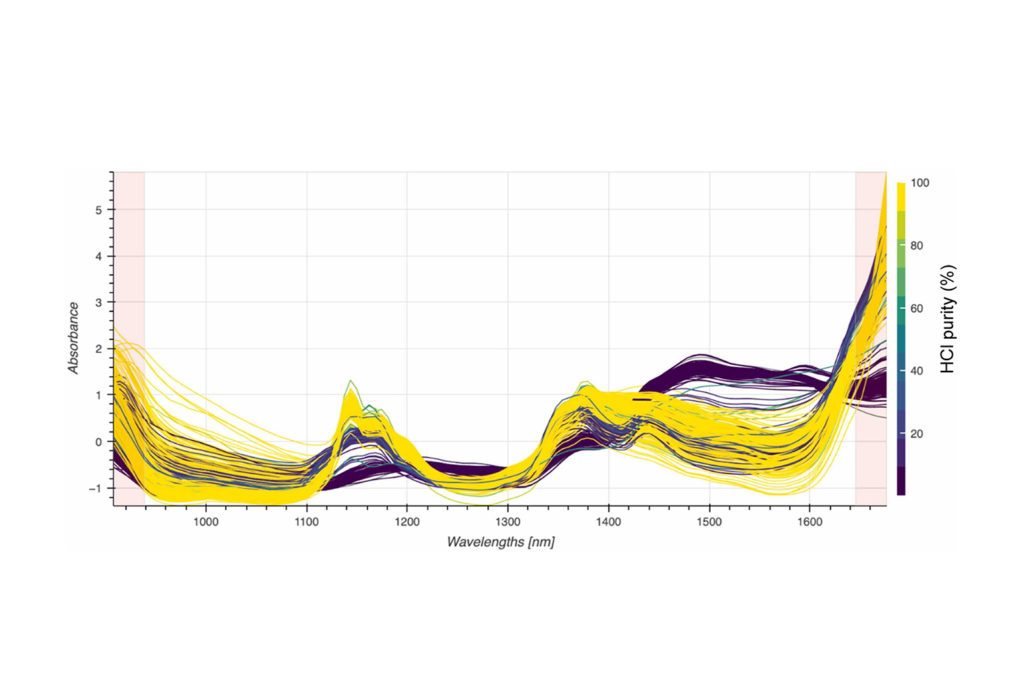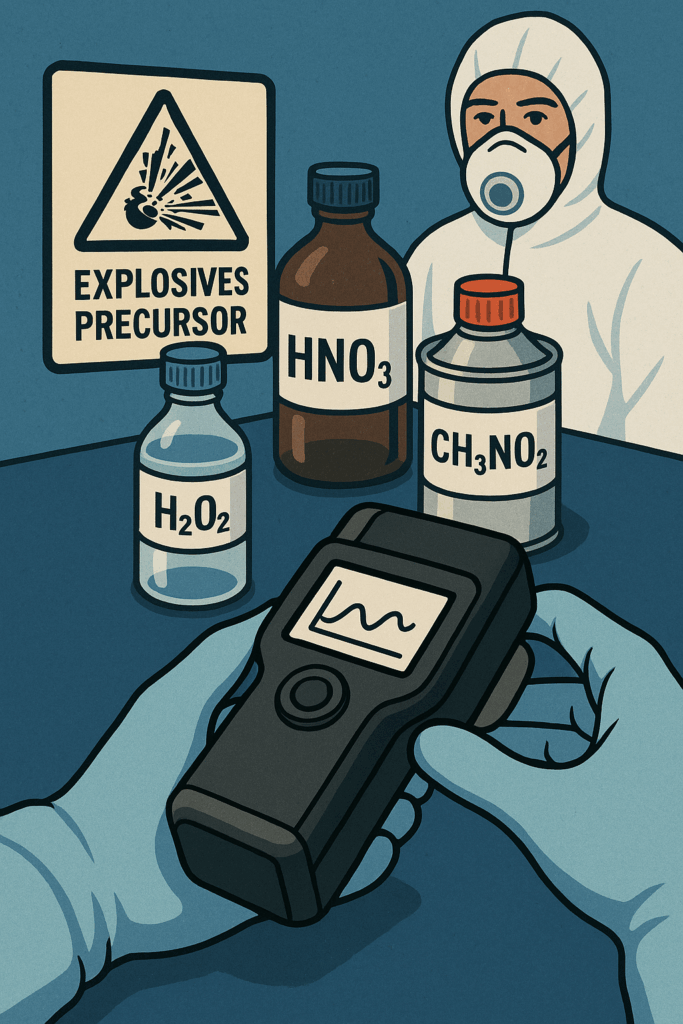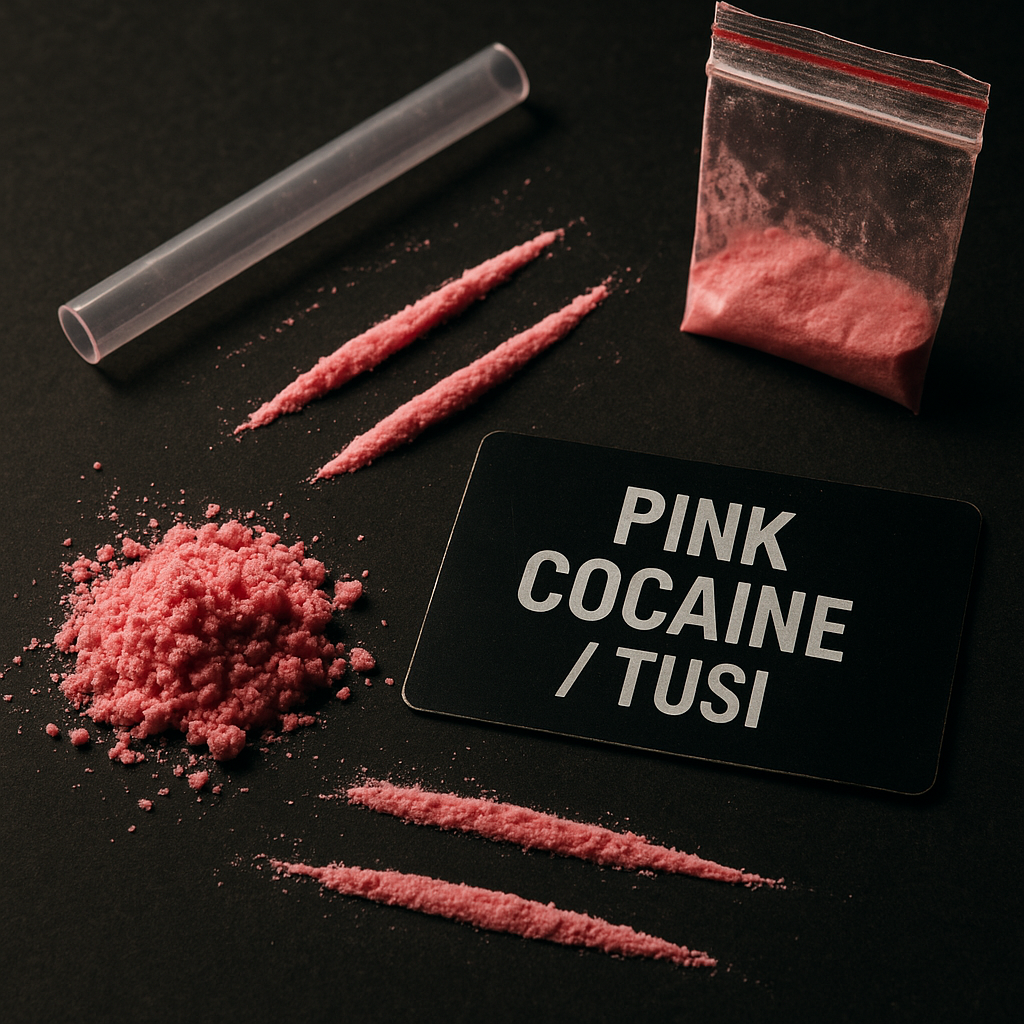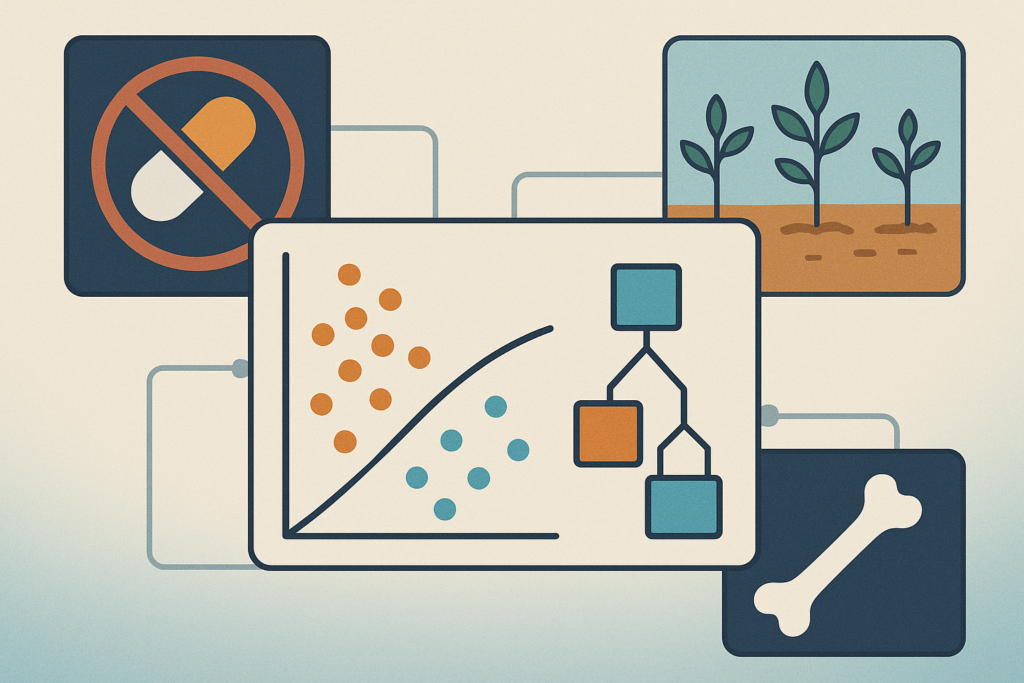
The challenge of efficiently and accurately analyzing illicit drugs remains significant in Australia due to the high volume of drugs trafficked within the country. A recent study explores the potential of Near-Infrared (NIR) spectroscopy combined with machine learning.1 Hence, by using NIRLAB’s solution to provide rapid and accurate drug identification and quantification, specifically focusing on the unique chemical landscape of Australian drugs.
Introduction
Law enforcement faces a persistent challenge in quickly identifying and quantifying illicit drugs outside of forensic labs. With the rise in drug seizures, there’s an increasing need for decentralized forensic methods that are cost-effective and timely. Traditional in-field identification techniques, such as color tests, have limitations. This has led to the exploration of advanced analytical instruments like NIR spectroscopy, which, when combined with chemometric modeling, offer promising solutions.
The set-up
The study utilized the MicroNIR spectrometer to scan 608 drug specimens seized by the Australian Federal Police. The MicroNIR operates within the 950–1650 nm NIR spectral range, with a measurement time of 0.25–0.5 seconds, a signal-to-noise ratio of 25,000:1, an integration time of 10 ms, and 125 data points.
The specimens included crystalline methamphetamine hydrochloride (HCl), cocaine HCl, and heroin HCl. NIR spectra were collected and analyzed using machine learning models developed by the University of Lausanne and NIRLAB, with adaptations made for Australian drug samples. The study examined two types of analysis: direct contact and scanning samples through a low-density polyethylene bag, as well as the impact of homogenization on the NIR spectra.
To evaluate the effectiveness of the models, all samples were analyzed by a reference laboratory, and the results were compared to determine the current quality of the prediction models.
Results
High sensitivity and impressive accuracy
The authors of the study used sensitivity and accuracy to explore and understand the potential and limitations of the technology. These terms are defined as follows:
– Sensitivity refers to the percentage of true positive results correctly identified by the NIR technology, based on the total number of actual positive results as determined by the reference laboratory.
– Accuracy refers to the proportion of correct predictions (both true positive and true negative) out of the total number of results, including true positives, true negatives, false positives, and false negatives.
The study demonstrated that NIR technology achieved impressive accuracy rates in identifying methamphetamine (98.4%), cocaine (97.5%), and heroin (99.2%).
Sensitivity varied, with heroin identification being the least sensitive (methamphetamine = 96.6%, cocaine = 93.5%, heroin = 91.3%). Importantly, no false positives were recorded.

The technology also provided precise quantification, with 99% of results within a ±15% uncertainty range. These results were compared against reference laboratory data, confirming the proficiency of the chemometric models.
NIRLAB leveraging field data to create intelligence
The study investigated the operational application of the MicroNIR with NIRLAB infrastructure using 188 methamphetamine specimens, representing a broad range of purity levels typical of street-level drugs. Geographical analysis revealed that the average purity of methamphetamine was high (77.3%) and consistent across the examined region. Seizure frequencies were concentrated in the city center, with notable hotspots in the northwest. NIRlabs technology showcased significant advantages by providing real-time, proactive insights into drug distribution patterns. The adapted workflow, which includes field data collection and automated processing, allows for immediate accessibility of information to decision-makers, eliminating delays associated with traditional methods like mass spectrometry.
The study highlights the technology’s potential to enhance intelligence and investigative capabilities efficiently.

Conclusion
The implementation of portable NIR technology in Australia shows great promise for enhancing the efficiency and effectiveness of drug enforcement efforts. By enabling real-time, accurate identification and quantification of illicit drugs, this technology can significantly improve decision-making in law enforcement and reduce the risk of false charges.
The study underscores the potential of NIR technology to revolutionize drug identification in frontline policing. Compared to traditional methods, NIR spectroscopy offers instantaneous, cost-effective, and non-destructive analysis.
The study also highlighted that Australian drug specimens differ chemically from their European counterparts, necessitating further optimization of the chemometric models. However, it demonstrated that these models can be effectively updated and adapted to local market conditions. Published in Forensic Science International, the study showcases the nirlab environment’s capability to meet local needs while maintaining high analytical standards with NIR technology and chemometric models. This adaptability ensures the models provide accurate and sensitive information tailored to the Australian drug market. For more details on this innovative study, interested professionals can access the article here.
To explore more about spectroscopy and discover the full capabilities of NIRLAB’s technology, we invite you to read our other informative articles, here. Additionally, for personalized inquiries, please don’t hesitate to reach out to us at contact@nirlab.com.
Access the Full Academic Paper
For those interested in a deeper dive into the methodologies, results, and implications of this research, the full academic paper is available below or read the full study here.1
- Fursman, H., Morelato, M., Chadwick, S., Coppey, F., Esseiva, P., Roux, C., & Stojanovska, N. (2024). Development and evaluation of portable NIR technology for the identification and quantification of Australian illicit drugs. Forensic Science International, 362, 112179. https://doi.org/10.1016/j.forsciint.2024.112179 ↩︎


